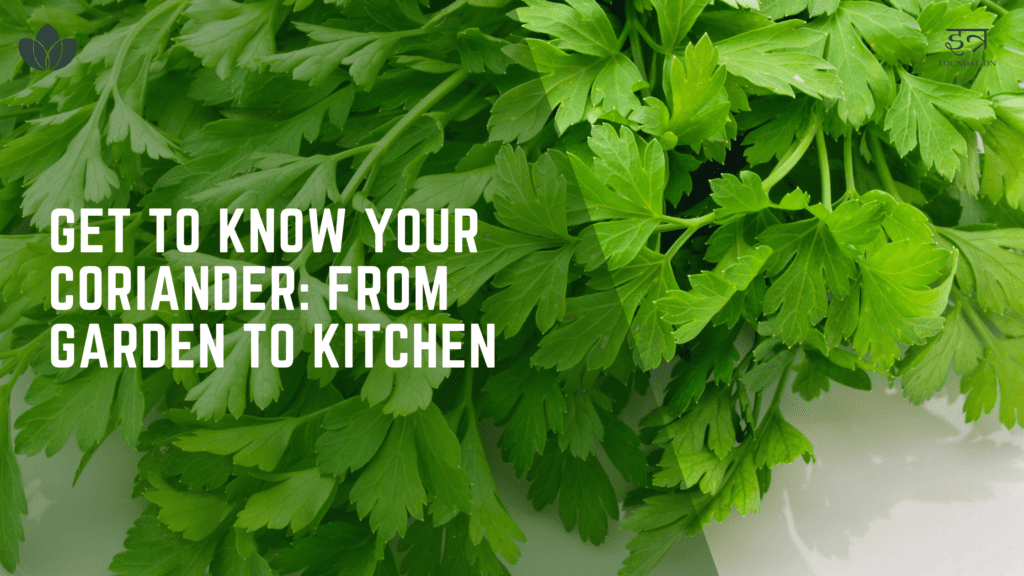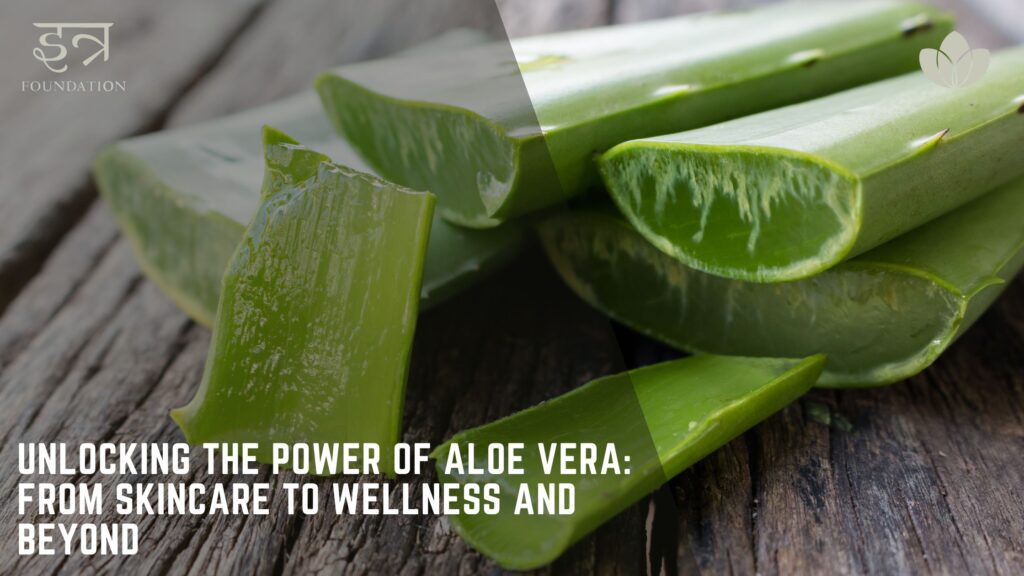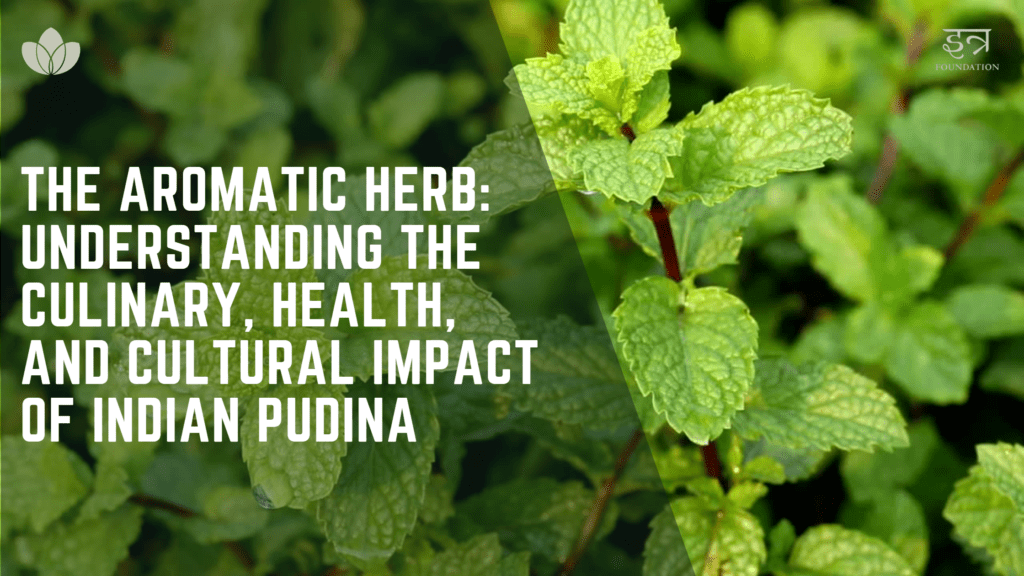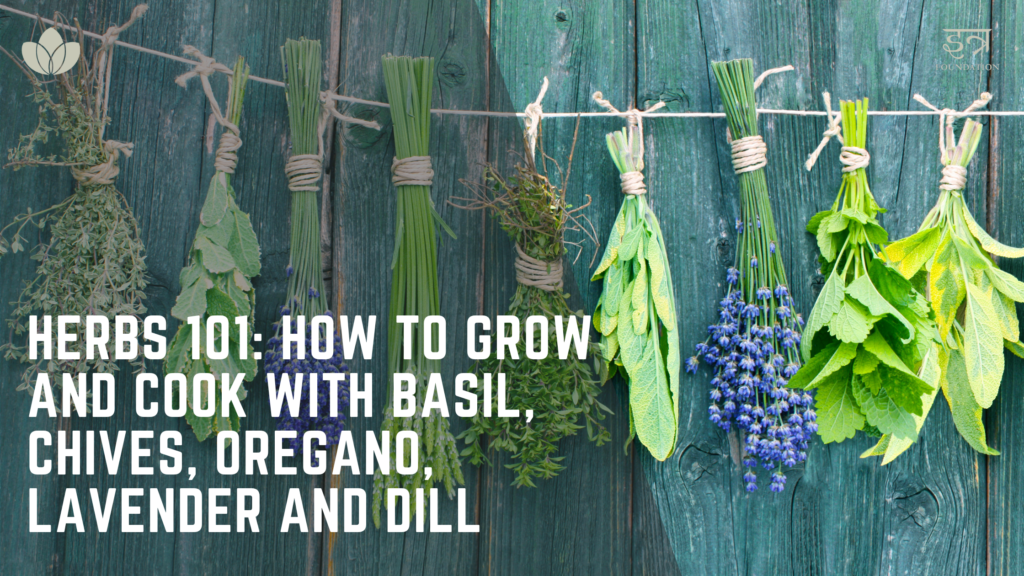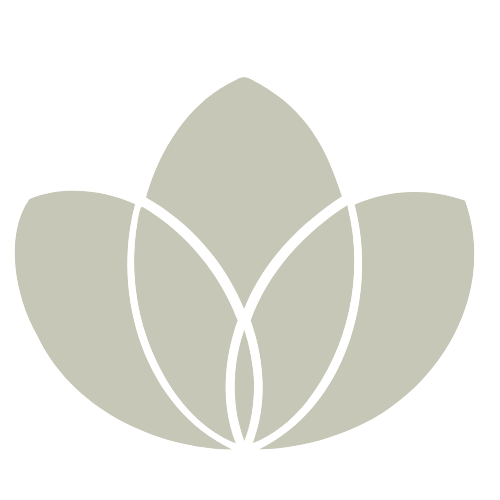Coriander, also known as cilantro is an herb that has been used for centuries in cooking and traditional medicine. The scientific name for coriander is Coriandrum sativum and it is a member of the Apiaceae family, which also includes other popular herbs such as parsley, fennel and dill. Coriander is native to the Mediterranean region and has been used in various cuisines around the world, including Indian, Chinese, Mexican and Middle Eastern. The plant is known for its unique and distinct aroma and flavor, which is a combination of citrus and earthy notes.

The use of coriander in cooking can be traced back to ancient times. The ancient Egyptians used it as a spice in their food. The herb is also used in the production of various food products, such as sausages, pickles and condiments. It has also been found in the tombs of the Han dynasty in China, which dates back to 206 BC. In traditional Indian medicine, coriander has been used for its medicinal properties, such as its ability to aid in digestion, reduce fever and relieve anxiety. Its use in traditional medicine has also been recognized by many scientific studies which have been conducted to prove its medicinal properties.
Nutritional Value
- One of the key nutritional benefits of coriander is its high levels of vitamin K. Vitamin K is essential for blood clotting and bone health and just a single tablespoon of coriander can provide up to 18% of your daily recommended vitamin K intake.
- Coriander also contains high levels of vitamin A, which is important for maintaining healthy vision and a strong immune system.
- Coriander is also a rich source of antioxidants, which help to protect the body against damage from free radicals. These antioxidants include flavonoids and phenolic acids, which have been shown to have anti-inflammatory and anti-cancer properties.
- Coriander has also been traditionally used to improve digestion and regulate blood sugar levels. The volatile oils found in coriander have been shown to have a relaxing effect on the muscles of the digestive tract, which can help to relieve gas and bloating. The seeds of the plant contain a compound called linoleic acid, which has been shown to have a positive effect on blood sugar regulation.
- It is an excellent source of dietary fibers, which are beneficial for maintaining a healthy gut and aiding in digestion. Additionally, the herb is a good source of minerals such as iron, potassium and manganese, which are important for maintaining optimal health.
Culinary Uses
Different ways coriander is used in cooking: Coriander, also known as cilantro, is a versatile herb that is used in a variety of ways in cooking. It is often used as a spice, where the seeds are ground and used to add flavor to dishes. The leaves, on the other hand, are often used as a herb and are added fresh or dried to dishes. They can be used in soups, stews, curries and marinades to add flavor and aroma. Coriander is also used to make a popular Indian chutney, a green sauce made with cilantro, mint, ginger and other spices.
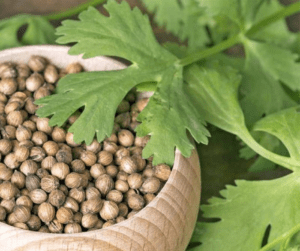

Popular dishes featuring Coriander
Some popular Indian dishes that feature coriander include biryani, chana masala, and dal makhani. Coriander is also a key ingredient in many chutneys, such as mint-coriander chutney and is used as a garnish for dishes like dosa and idli. When incorporating coriander into your meals, try adding the leaves to salads, sandwiches, or soups for a fresh, flavorful boost. The seeds can also be added to marinades or spice rubs for meats, or toasted and ground to add depth and flavor to curries or stews.
Coriander in different cultures
Mention of the use of coriander in traditional dishes in different countries and cultures: Coriander is widely used in Indian cuisine, but it is also a popular ingredient in many other countries and cultures. In Middle Eastern and Mediterranean cuisine, it is used in dishes such as tabbouleh and falafel. In Mexican and South American cuisine, cilantro is a staple ingredient in salsa and guacamole. It is also popular in Southeast Asian cuisine, used in dishes such as Thai green curry.
How to Grow Coriander
The ideal growing conditions for coriander
- Soil Type: Coriander prefers well-draining soil that is rich in organic matter. A pH range of 6.0 to 6.8 is ideal for optimal growth.
- Temperature: Coriander is a cool-season crop that prefers temperatures between 15-21°C (60-70°F) for optimal growth. It can tolerate temperatures as low as 4°C (40°F) but seeds as temperatures get too hot.
- Sunlight: Coriander prefers full sun to partial shade. It is important to provide at least 6 hours of sunlight per day for optimal growth.
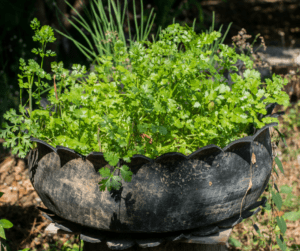

Tips for propagating and caring for coriander plants
- Propagation: Coriander can be propagated by seeds. Sow the seeds directly in the ground or in pots and keep the soil consistently moist until germination.
- Caring: Keep the soil consistently moist and fertilize the plants with a balanced fertilizer every 4-6 weeks. Coriander also prefers high humidity, so consider misting the plants regularly or placing a tray of water near the plants.
- Harvesting: Leaves can be picked as soon as they are big enough to use, usually about 6-8 weeks after sowing the seed. For the seeds, wait for the plant to bolt, the seeds will turn brown and then you can harvest the seeds.
Common pests and diseases that can affect coriander plants
- Pests: Aphids, spider mites, and whiteflies can be common pests that attack coriander plants. Regularly inspecting the plants and spraying neem oil can help prevent infestations.
- Diseases: Coriander is susceptible to various fungal diseases, such as powdery mildew, damping off and root rot. Properly spacing plants, providing good air circulation and using disease-resistant
In summary, coriander (Coriandrum sativum) is a versatile and flavorful herb that has a long history of use in cooking and traditional medicine. It is rich in nutrients, including high levels of vitamin K, vitamin A, and antioxidants, which offer potential health benefits such as improved digestion and blood sugar regulation. Cooking with coriander can be as simple as adding fresh leaves to salads or sandwiches, or as complex as using it as a key ingredient in traditional dishes like chutneys, curries, and dals. Growing coriander at home is also easy, as long as it is provided with well-drained soil, adequate sunlight and moderate temperatures. With its delicate leaves and flavorful seeds, coriander is a valuable addition to any home garden or kitchen.
ITRA suggests you to experiment with using coriander in your cooking and consider growing it in your home garden. As always, it is important to support sustainable growth and be mindful of the environmental impact of the food choices we make.


